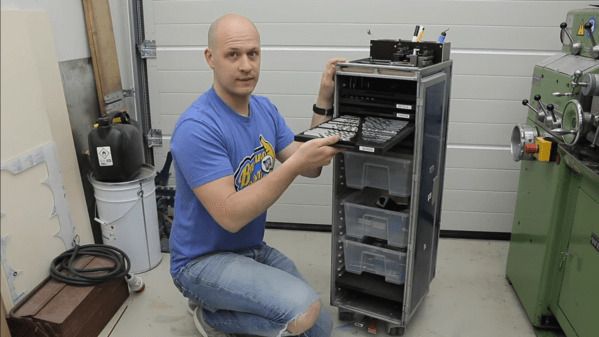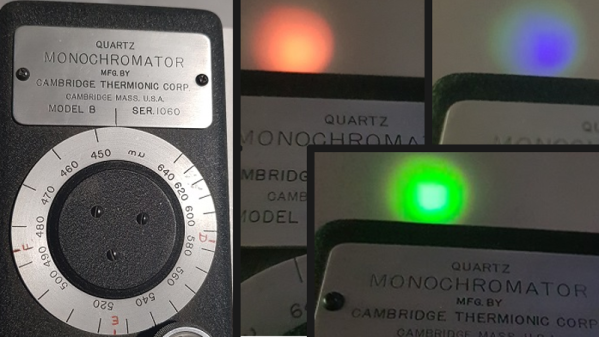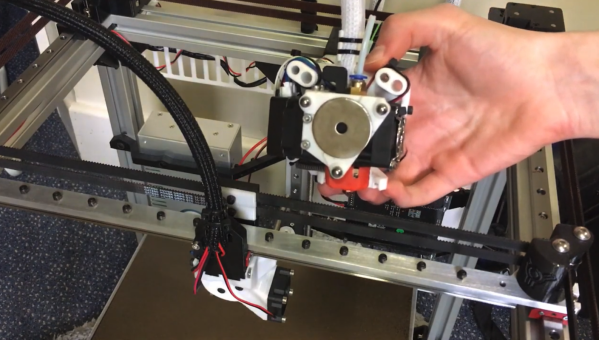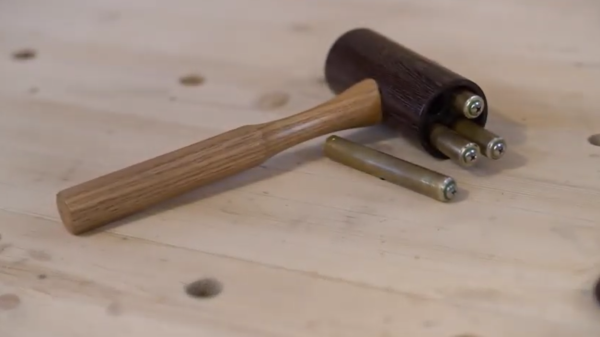Files are a very useful important tool if you’re machining your own parts. They can do plenty of shaping themselves on smaller parts in particular. Powering such a tool just makes sense, and a die filer or filing machine is essentially just that, reciprocating a file up and down for you. They’re highly prized amongst clockmakers and model builders, and [jeanluc83] decided to build one at home.
The design chosen was the MLA-18 filing machine, for which castings and parts can be purchased from a company called Metal Lathe Accessories. However, it’s far from a simple screw-together kit. [jeanluc83] goes through the full process of painting, machining, and assembling the kit, which takes quite a bit of work to do properly.
Notably, the design is quite old fashioned in that it does not include its own power source. Instead, the MLA-18 filing machine is fitted with a pulley, such that it can be driven from a motor on a bench. A 1/4 horsepower motor running at roughly 1725 RPM is recommended for best results.
Filing machines aren’t exactly something you’ll find at every hardware store or Harbor Freight, so you might find building your own is the right way to go. Hackaday is, after all, full of examples of hackers building their own tools!



















